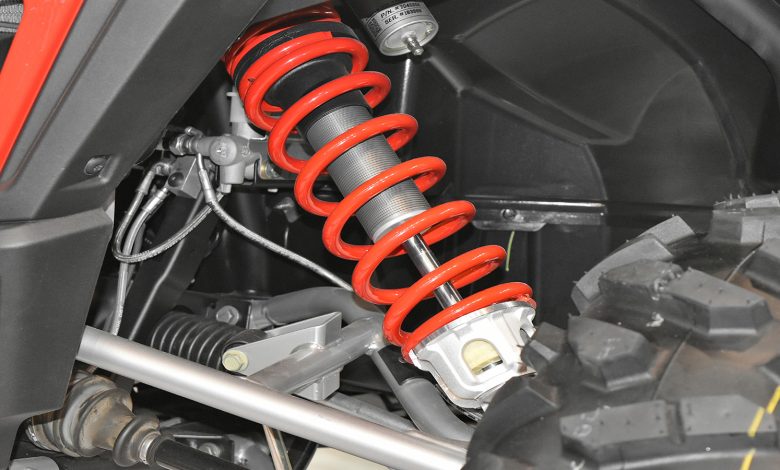Types of suspension system springs.

Different types of suspension system springs offer a certain degree of ride comfort. The springs are of four types and all of them are responsible for the Vehicle’s stability on the road. Suspension springs exist because there are a lot of different terrains that cause the car to jump up and down. Without the springs, the ride would be very uncomfortable.
During the introduction of the road mode of transportation, there were no springs to regulate the springing movement. After introducing the springs, they were having little springing rate. But others were with much more springing rate. This is one of the determinants of ride comfort.
The material that makes up the springs is the one that determines springing rate. Otherwise, the technology that makes the springs also determines the weight you can carry. Some springs don’t allow any overweight.
Suspension springs ensure that the car’s body remains in place when the car hits a bump or pothole. This in turn gives the driver some level of control even when the car is taking a corner. Remember that hitting these obstacles at a high speed puts the tires at risk of damage and causes bulges. Suspension springs are attached to the front and rear wheels but some are only used in the rear wheels.
1. Coil Springs.
These suspension springs are also called helical springs. They are made of a strip of thick steel wire. They vary from one manufacturer to another in terms of the materials that they consist of.
Further the coil springs have different springing levels depending on the density of their material. Additionally the number of coils also determines the ability of these springs to regulate the up and down movement of the car.
Coil springs are effective in how much space they take up when they’re installed. They have a high energy storage per volume unit. Which means that they can accommodate weight without feeling too much pressure. Further this doesn’t reduce their springing level.
2. Leaf Springs.
They are the oldest springs design. Leaf Springs
Mostly you will find them in the rear wheels. They are mostly for cars that carry heavy loads. The leaf springs are not common because they are not very effective in preventing the bouncing effect.
Further, they do not have room for overweight. Meaning that these springs have a low energy storage per volume unit. Additionally, the leaf springs also have a need for constant maintenance. That means you will have to keep oiling them from time to time.
Sometimes the leaf spring goes alongside a helper spring that allows it to hold more weight. Hence why most heavy load cars use this type of suspension Spring.
3. Coil over springs.
They are the latest in springs technology. Further, they can be on the front wheels of most cars. But if the car is high performance, this spring can be found on both the front and rear wheels.
Coil over springs have a metallic strut. This helps as a damper for when the vehicle hits a pothole or a bump. Hence the high level of driving comfort offered by this spring.
Coil over springs are found within most of the modern cars. They are capable of storing more energy per unit volume meaning that they are capable of accomodating a little more weight than the others. Further, they offer better control during acceleration, cornering and braking.
4. Torsion springs.
When something is wrong with the suspension system, you will notice that the car tends to vibrate. This spring’s design includes a rod which acts as a damper and shock absorber. The bar connects to the car’s body on one end and to the wheel hub on the other end. The bar vibrates up and down when the car hits a bump.
5. Airbags.
The airbags are suspension springs that can be spotted in foreign cars. Simply meaning that these springs are sort of high end when compared to the others. They offer superior quality performance when it comes to handling energy per unit volume. Further, they give more control capacity to the driver because they keep Vehicle stability.
6. Rubber Springs.
They are also used in high end cars just like the airbags. The rubber springs are highly compact when compared to the others. Its design allows it to handle a lot of energy per unit when compared to the other springs.




